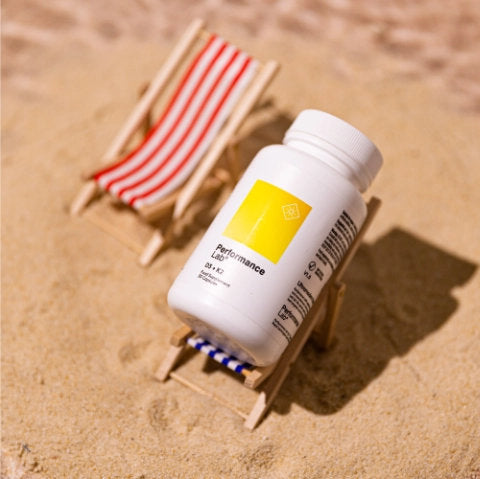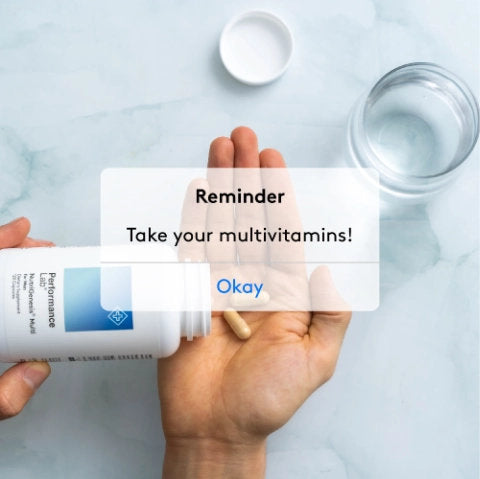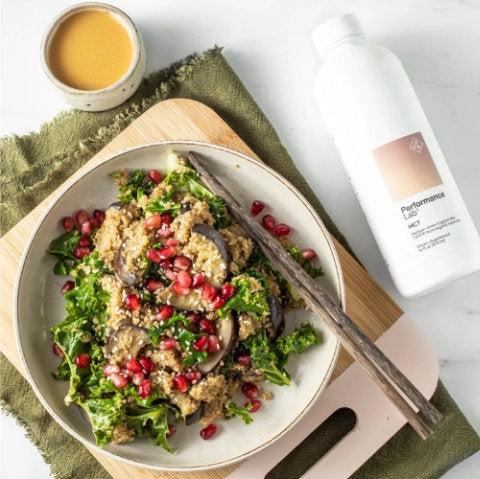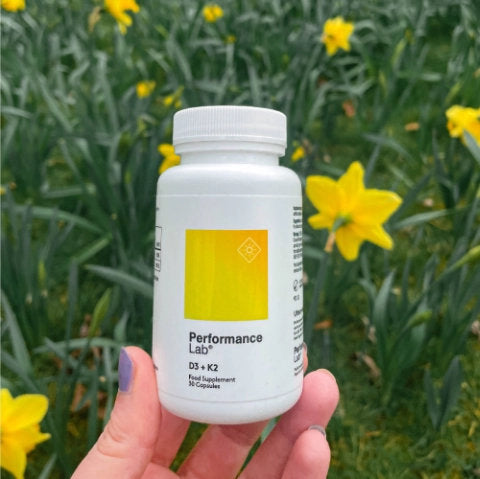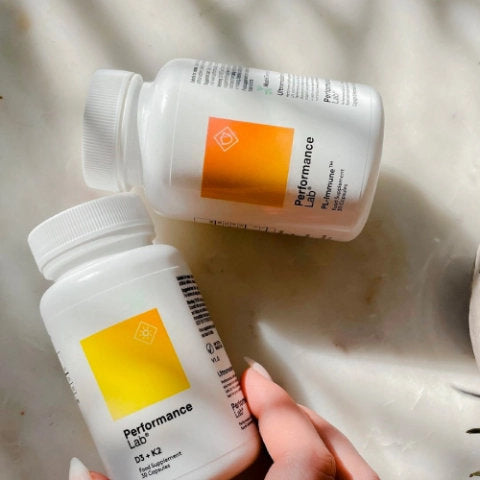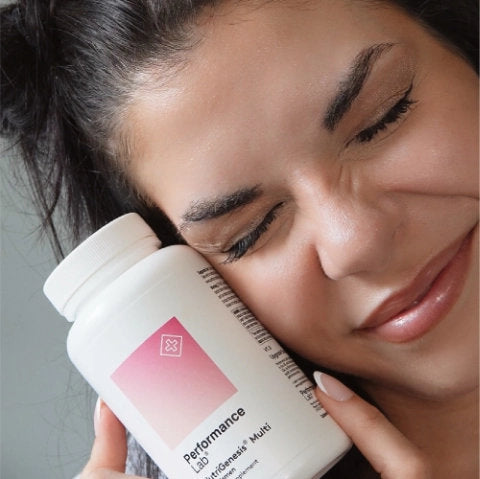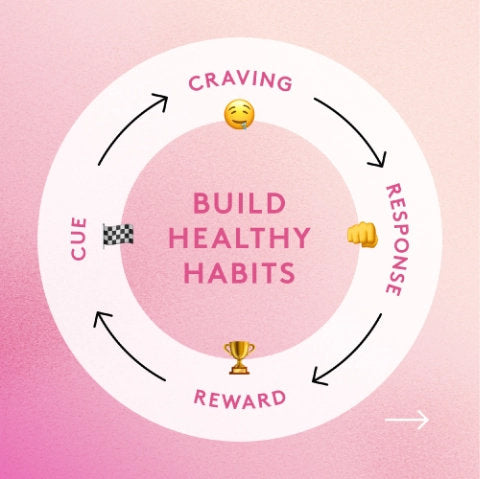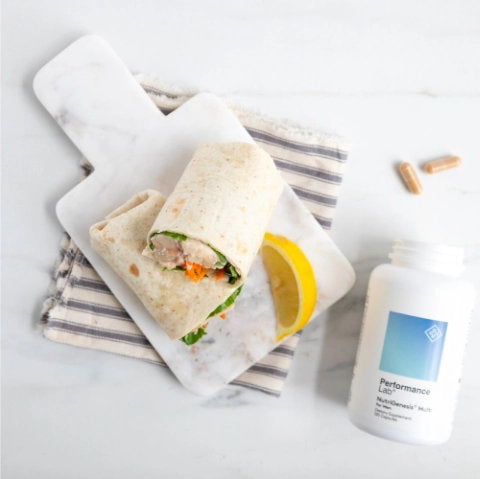If you know a thing or two about probiotics, you’ll know they have a shelf life. So the longer you leave them, the more they deteriorate.
And by deteriorate—we mean die.
Which is less than ideal. Because the whole point of probiotics, is that they’re a lively bunch of friendly bacteria. We want them to arrive safely in our gut. In-tact, fully-functioning, ready to get stuck in and put their good-bacteria stamp on our microbiome.
To colonize and thrive - they need to be alive.
In that case, what can we do if we want to prolong the shelf life of these products?
Is it a use-it-or-lose-it approach, or can you freeze probiotics?
Key Takeaways
- Can you freeze probiotics?
- Capsules: Not advisable. The freeze and thaw can damage them. Most quality probiotic supplements should have a decent shelf life anyway. As long as they're stored in an ambient dry place, they should last up to 2 years. Check your labels.
- Yogurt/Kefir: Freezing is okay short-term (up to 35 days), but probiotic levels drop over time. Added ingredients (e.g., fruits) may cause further decline.The longer they are frozen the more they deteriorate.
- Fermented Foods: Not all fermented foods contain probiotics. Fresh ones do, but freezing may turn them to mush, and harm their probiotic count.
- Prebiotics Boost Effectiveness of Probiotics: Quality probiotics can take effort to source. Not all contain the amount of colonies they claim, some may be dead on arrival to the gut, and the journey to its ultimate destination, can be a treacherous one. When it gets there. Make sure it is fed with a good quality prebiotic.
- Performance Lab® Prebiotic feeds the probiotic bacteria in your gut, so they can make the most of their time in your gut. Strengthen the good guys and they'll strengthen you.
Learn here about the differences between prebiotics and probiotics
What Are Probiotics And How Do They Work?
Probiotics have gained massive traction in recent years.
The big supermarket brands are all over this. You only need to wander down the chilled aisle and you’ll find cultured yogurt shots, kefir fruit drinks, low-fat, high-fibre gut-health products—you can even buy probiotic dog treats.
And why not?—Fido is a much calmer dog now that his gas and bloating is gone.
Probiotics are live microorganisms that when taken in the billions, offer positive health benefits.
Depending on the strain, this beneficial bacteria inhabits the intestine and supports everything from improved digestive health, to bowel function, mood and immunity.
They repopulate and rebalance the gut.
So how do they work?
The first thing worth noting is their life cycle. Their journey from production to action involves several stages and each is key to their function and overall efficacy:
The Life Cycle of a Probiotic
Probiotic Supplements

Selection and Cultivation
Manufacturers start by selecting specific strains for their beneficial properties. These are then grown in controlled environments and harvested.
Stabilization
Probiotics are sensitive to environmental stressors like heat, moisture and oxygen. To counter this, they need to be packaged in a dormant state. This can be done by freeze-drying or spray drying.
Encapsulation and Packaging
Probiotics are coated in protective materials (e.g., lipids, polysaccharides) to shield them from oxygen, heat, and moisture. They may be blended with stabilizers like trehalose or skim milk powder to enhance shelf life.
They’re then packaged in airtight, moisture resistant containers. Packaging and encapsulation is key with probiotics. Not only do they need to withstand the journey from manufacturer to supermarket, they also need to survive digestion.
Consumption
Upon entering the body, probiotics face challenges like stomach acid and bile salts. Some strains are resilient enough to survive these harsh conditions, while spore-forming probiotics (e.g., Bacillus) germinate and activate in the gut.
Germination and Activation
Spore-forming probiotics "wake up" when exposed to gut conditions (moisture, nutrients, and temperature). Non-spore-forming strains (e.g., Lactobacillus, Bifidobacterium) don’t germinate but rehydrate and become active.
Colonization and Function
Probiotics work to balance gut microbiota by competing with harmful bacteria.They produce beneficial compounds like short-chain fatty acids and antimicrobial peptides. They create favourable conditions for beneficial bacteria to thrive, and then they get excreted.
Yep. They do their job and then they’re out.
Most probiotics don’t permanently colonize the gut. So you’ll need to take them every day.
Yogurt And Kefir

The approach for yogurt and kefir is slightly different. Probiotics in these products are typically in an active or semi-active state.
During the fermentation process, live bacteria actively convert sugars into lactic acid, creating the tangy flavor and creamy texture. Once fermentation is complete, the product is cooled to slow bacterial activity and extend shelf life, but the probiotics remain metabolically active rather than dormant.
Refrigeration is essential to maintain their viability, as heat or freezing can damage the live cultures.
This semi-active state means that probiotics in yogurt or kefir have a shorter shelf life and require careful handling, compared to the dormant probiotics in supplements.
What Happens When You Freeze Probiotics?
We know that freezing slows down bacterial metabolism. We also know that as water freezes within cells, it expands to form sharp ice crystals. There are pros and cons to this process. Depending on the type, some will fare better than others.
Can I Freeze Probiotic Capsules?
No. Generally, it isn’t recommended to freeze probiotic capsules.
The main reason for this is because the freezing and thawing process may compromise the integrity of the capsules.
Also, it’s not really necessary to freeze probiotics in capsule form. They tend to have a shelf life of at least a year as long as they are stored at ambient temperature and humidity.(1)
Can I Freeze Yogurt and Kefir?
Yes. it would appear that initially, freezing doesn’t damage or kill bacteria. It just lays dormant until the yogurt is thawed.(2)
Depending on the strain, probiotic yogurt may last up to a month or so in the freezer. After 35 days, researchers found no significant decline in levels of probiotic bacteria in thawed yogurts. (2)
There is a caveat to this though.
The freeze isn’t forever. The longer your yogurt or kefir is frozen, the bigger the decrease in probiotic population. Perhaps even up to a 50% decrease after two months.
Added ingredients can also affect the probiotic population.
To appeal to a wider market, and also incorporate further gut friendly ingredients, brands are adding things like chia seeds, muesli, and fruit chunks to their probiotic products. This can cause problems for probiotic cells. During the freezing process the extra moisture content may lead to larger ice crystals forming. The risk is that these can puncture or disrupt probiotic membranes.
Fruits can also lower the pH of the product causing a more acidic environment. Sugars and flavoring also alter the probiotic counts.
Can I Freeze Fermented Foods?

Contrary to popular belief, not all fermented foods contain probiotics.
Sauerkraut from a tin won’t contain any live probiotics. Sauerkraut that’s been fermented by lactic acid bacteria, will.
There’s less evidence around the effects of freezing on fermented foods. But it would make good sense to treat them in the same way you would for an active/semi active source.
Fermented foods come with a whole host of health benefits, so incorporating them into your diet is a smart move.
Remember that probiotics are temperature sensitive so only freeze things you can eat cold.
It’s worth keeping in mind that textures can change during the defrosting stage and may not be as appealing as their fresh, pre-frozen version.
The Bottom Line
Freezing probiotics, is possible, but it’s dependant on type, length of freeze and supplier.
If you have a quality probiotic supplement from a reputable company, then capsules shouldn’t need to be frozen. The shelf life on these tends to be between one and two years. As long as you store it according to instructions, you should be fine.
Freezing capsules beyond this point isn’t recommended as it may cause the capsule to degrade.
For frozen yogurts and drinks containing live and active cultures, the research shows that at 35 days, there was no significant decline in the number of bacteria found.
This was true at least for the strains of the bacterial species L. bulgaricus and S. thermophilus. The research is limited on how other strains fare.
As for fermented foods, they are probably best consumed fresh. They tend not to freeze too well and will certainly lost probiotic strains if heated.
Whatever probiotic you take, and whatever lengths you go to in order to preserve them, get the most out of it by pairing it with a prebiotic supplement like Performance Lab® Prebiotic.

A quality prebiotic is food for the good bacteria you’re about to introduce.
Your probiotic can only stay in your gut for a finite amount of time before being excreted. Help it get to work and make the most of its time in your gut, by feeding it the fiber it needs to thrive.
Shop Performance Lab® Prebiotic
- Fenster K, Freeburg B, Hollard C, Wong C, Rønhave Laursen R, Ouwehand AC. The Production and Delivery of Probiotics: A Review of a Practical Approach. Microorganisms. 2019 Mar 17;7(3):83. doi: 10.3390/microorganisms7030083. PMID: 30884906; PMCID: PMC6463069.
- Mani-López E, Palou E, López-Malo A. Probiotic viability and storage stability of yogurts and fermented milks prepared with several mixtures of lactic acid bacteria. J Dairy Sci. 2014 May;97(5):2578-90. doi: 10.3168/jds.2013-7551. PMID: 24745665.




